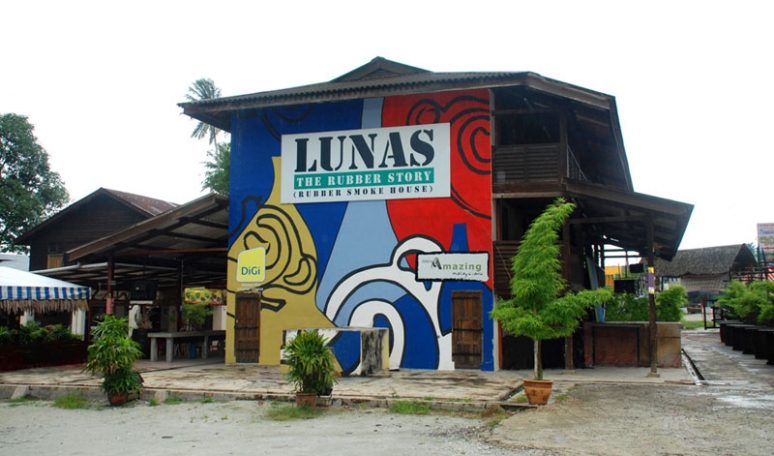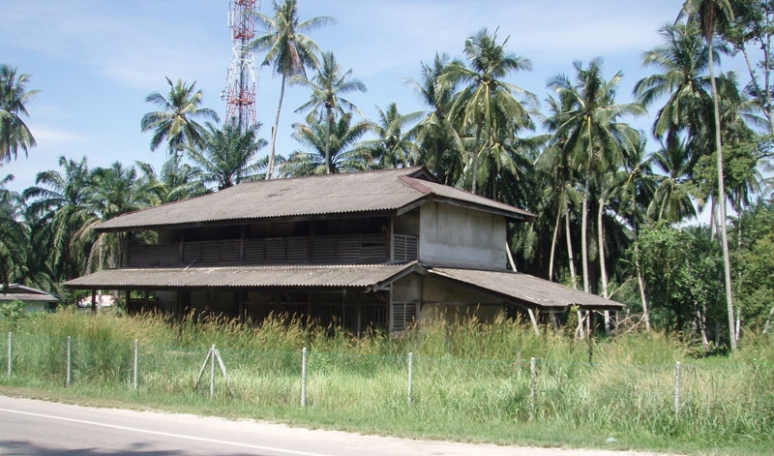|
FROM INVISIBLE TO INSTAGRAMMABLE BADAN WARISAN’S EDUCATION EFFORTS TO INSURE MALAYSIA’S PAST HAS A FUTURE
|
||
|
The cosmopolitan traveler has long enjoyed the renaissance of old buildings transformed into vibrant cafes, museums, hotels, arts centers and any use that you might not even imagine. Indeed one of New York City's most popular destinations is an elevated park created from a dilapidated railway line. The High Line has been transformed from an invisible blight in the neighborhood to an Instagram superstar with 173,000 followers and over 8 million visitors each year.
|
||
|
In the 1980s Malaysia experienced rapid economic development. The skyline of Kuala Lumpur began to dramatically change altering the historic built fabric of the city. Older buildings were perceived as old fashioned and of no value leading to dilapidation and demolition. In 1984 concerned architecture lovers formed NGO Badan Warisan Malaysia to advocate for the importance and relevance of Malaysia’s built environment. Badan Warisan advocated that valued structures should include the simple and vernacular as well as the grand and historic. For over thirty years, Badan Warisan has been committed to the preservation and conservation of Malaysia’s tangible cultural heritage as an expression of Malaysia’s history and cultural identity.
|
||
|
This KUL City: Brickfields Launched in 2015, Badan Warisan with partners led an 18-month project to engage residents in Kuala Lumpur to appreciate the history and importance of the built environment. The project was multi dimensional aimed at a wide audience including residents with sensory handicaps. Youth engagement was a core goal. The project was comprised of cultural mapping, resident interviews and historic documentation. The project reached out to the public with neighborhood walks with planned activities, story telling, lectures, academic discourse and exhibitions in MRT stations.
|
||
|
LUNAS: The Rubber Story Lunas is a small town located 30km directly east from Penang along the E15 just inside the Kedah border. Today it is known for its Roast Duck, The Soon Mansion, its Buddhist Hermitage and The Rubber Smokehouse. Lunas is just one of many small towns in Malaysia whose fortunes grew and died with the world demand for rubber.
|
||
 |
From 2006-2008 Badan Warisan teamed up with Architect Laurence Loh in creating a heritage education program designed to capture and appreciate the towns heritage. The preservation project brought together the different communities living in the area and created an awareness of their shared history.
|
|
|
The town's rubber smoke house was restored as it might have looked during its busy years complete with authentic smoked rubber sheets. The Rubber Smokehouse also served as the museum exhibiting the collected historic documentation. The youth of Lunas were trained as tour guides in the museum and the town.
|
||
 |
Unfortunately the project was not sustainable as it did not consider The Rubber Smokehouse’s long-term future. At the end of the project the town fathers did not take responsibility for the Rubber Smokehouse and it is no longer a museum. Badan Warisan hopes that the projects efforts had a long-term beneficial influence on the youth of Lunas. Should any MCG members pass through Luna’s please make a stop and report back as to the current condition of The Rubber Smokehouse of Lunas.
|
|




